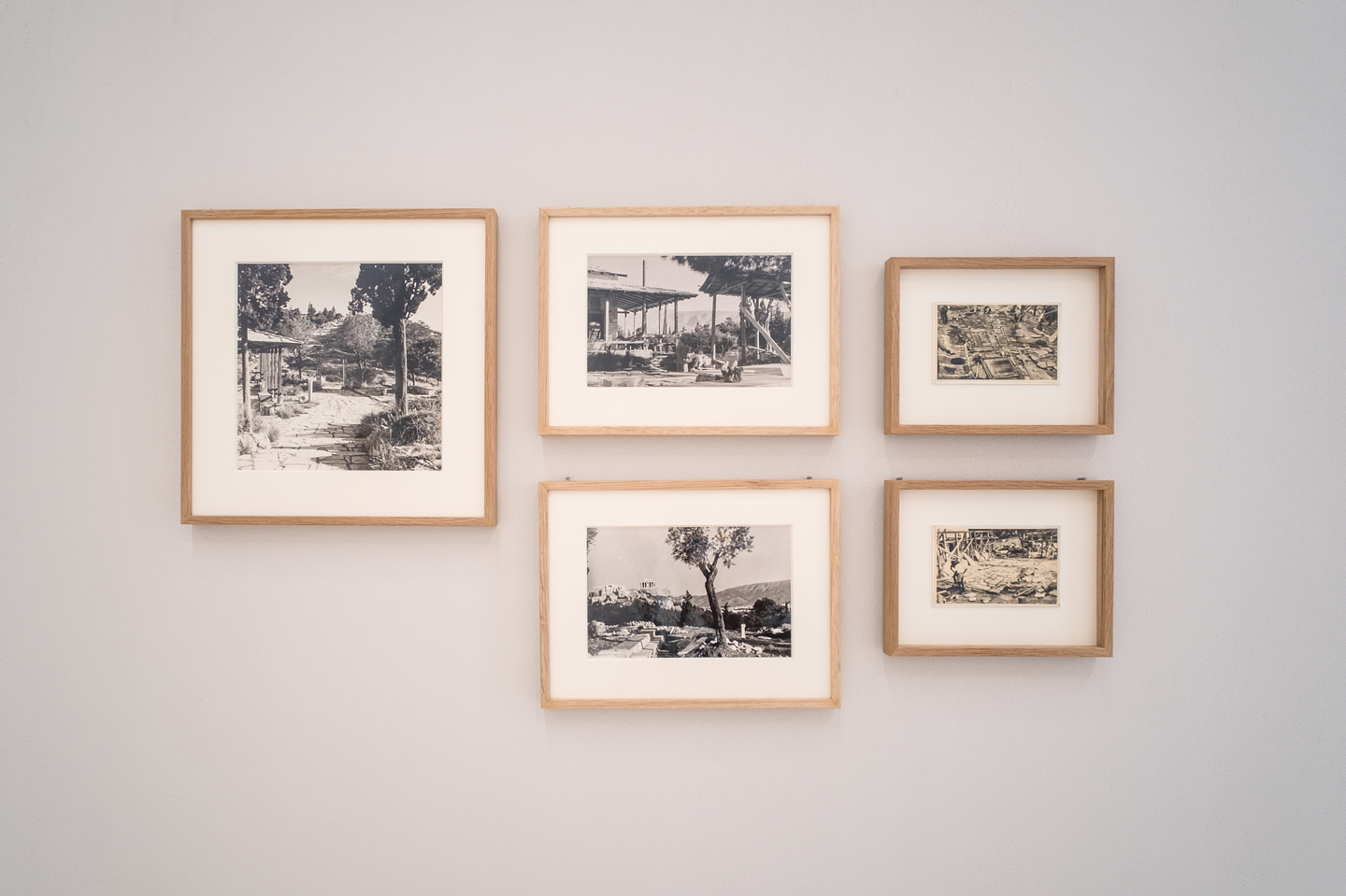Dimitris Pikionis studied architecture in Munich and fine arts in Paris, and then returned to Greece, where he taught at the National Technical University of Athens. His oeuvre includes buildings and urban planning in Athens and the entirety of Greece—including several schools and a playground in Filothei, Athens.
In 1933, in advance of the fourth International Congress of Modern Architecture (CIAM IV)—which took place on the S.S. Patris, bound for Athens from Marseille, and concluded with a conference and exhibition dedicated to modern city planning, held at the Athens Polytechnic—Pikionis published a short text, in which he laid out his own vision of modern architecture in relation to the specific cultural and climatic condition of the site, while slyly deriding the flattening universalism and the grey concrete of the modern movement. In Pikionis’s own work, the typology of modern architecture opens up to vernacular inspirations, to the part-ancient, part-mythical past, and to the natural environment—from which all cultural forms originate and to which they will be ultimately returned.
The landscaping project for the Acropolis and Philopappos Hill, on which he worked between 1954 and 1958, is considered his foremost and most unique achievement. Pikionis’s landscaping took the form of a system of footpaths, individually paved with stones, antique spolia and modern urban rubble, that followed and extended the existing paths on the two hills that had been walked upon, often for centuries. This landscaping is groundbreaking and radical—precisely because it is ultimately modest and thoroughly in situ—a piece of architecture learning from its context. Working collectively with his students and local stonemasons, Pikionis practised the careful and laborious technique of paving using salvaged debris from the violently developing capital of Greece. His landscape design, created in opposition to both industrial and archaeological transformations of land, remains the only urban-scale project ever to take place on the slopes surrounding the Acropolis.
The drawings presented here testify to the architect’s early interest in reading the cultural and natural palimpsest of the Acropolis rock.








